
The Sun Begins Killing off Elon Musk’s Starlink Satellites as Scientists Sound Alarm

The Sun vs. Starlink: A Growing Crisis in Orbit
High above Earth, Elon Musk’s satellite empire is facing a threat unlike any before. Thousands of Starlink satellites—each costing millions of dollars—are vanishing from orbit at a pace that has left researchers alarmed and mission controllers scrambling. Spacecraft that were designed to survive for years are instead plummeting back into the atmosphere in a matter of weeks. NASA scientists, poring over troubling data, have declared this a “critical time” for space operations.
What began as occasional, isolated satellite failures has now become a consistent pattern that threatens not just SpaceX, but the entire satellite industry. The cause is not human error, faulty engineering, or collisions with space debris. The real culprit is something far more powerful, unpredictable, and unstoppable: the Sun itself.
Behind the closed doors of aerospace companies, executives are holding urgent meetings about the crisis. Losses are mounting, predictions are failing, and the scale of the challenge is growing clearer by the day. With one of the most ambitious technology projects in history hanging in the balance, the satellite era may be entering its first major reckoning.
Solar Cycle 25: A Storm Like No Other
The Sun operates on an 11-year cycle, alternating between periods of calm and phases of violent activity. Solar Cycle 25, which began around 2020, has turned out to be far stronger than anyone anticipated. Scientists expected a moderate cycle; instead, they are witnessing an onslaught.
Solar flares—massive explosions on the Sun’s surface—are erupting more frequently and with greater power than forecasted. Coronal mass ejections (CMEs), which hurl billions of tons of charged particles into space, are arriving with unusual regularity. Space weather monitoring stations around the world are recording activity levels unseen since the dawn of the satellite age.
What makes this particularly worrisome is the timing: never before have so many satellites been in orbit during such an intense solar cycle. Humanity is experiencing the overlap of two unprecedented phenomena—record-breaking solar storms and record-breaking satellite traffic.
NASA Research Exposes a Hidden Risk

At NASA’s Goddard Space Flight Center, a team led by scientists Denny M. Oliveira, Eftyhia Zesta, and Katherine Garcia-Sage conducted the most detailed study yet of solar effects on Starlink satellites. By analyzing tracking data for 523 satellites launched between 2020 and 2024, the team performed what they describe as the first large-scale “superposed epoch analysis” of its kind.
Their conclusion was stark: satellites decay significantly faster during periods of heightened geomagnetic activity. Instead of predictable orbits lasting five years, spacecraft can lose altitude at rates of kilometers per day when solar storms expand Earth’s upper atmosphere.
Even more troubling, prediction models—tools satellite operators rely on to anticipate reentry times—begin to fail when solar activity intensifies. In other words, engineers cannot reliably forecast when their satellites will fall.
How Solar Storms Kill Satellites

Starlink satellites orbit in what’s known as low Earth orbit (LEO), a zone where atmospheric drag is normally thin but ever-present. Under stable conditions, this drag is manageable, and satellites can maintain position with occasional thruster burns.
But during geomagnetic storms, the Sun’s charged particles slam into Earth’s magnetic field, heating and expanding the upper atmosphere. What is normally a thin, ghostly layer suddenly swells into a dense barrier of resistance. Satellites, especially those below 300 kilometers, are caught in this invisible quicksand. Instead of drifting gracefully, they slow down dramatically, lose altitude, and spiral toward Earth.
In effect, solar storms turn billion-dollar space hardware into little more than falling debris.
SpaceX Already Counts Its Losses

This isn’t just theoretical. SpaceX learned the hard way in February 2022, when it launched 49 Starlink satellites aboard a Falcon 9 rocket. Within days, most had reentered the atmosphere and burned up. The trigger? A storm scientists considered relatively mild.
If a minor solar event could wipe out an entire launch, the implications for stronger storms are staggering. With more than 7,000 satellites already in orbit and ambitions to reach 30,000, SpaceX faces escalating financial risk. Each lost satellite represents not just sunk manufacturing costs but also lost service revenue and replacement expenses. Analysts warn that annual losses could climb into the hundreds of millions if solar activity remains this aggressive.
When Satellites Don’t Fully Burn Up
Starlink satellites are designed to disintegrate completely during controlled reentries. But when solar storms cause them to fall prematurely, the descent is chaotic and uncontrolled. That raises a troubling possibility: not all debris burns away.
This concern became reality in August 2024, when fragments of a Starlink satellite were discovered on farmland in Canada—the first confirmed case of Starlink debris reaching the ground. Scientists now warn that as uncontrolled reentries increase, the odds of surviving debris striking populated areas will only rise.
Models Are Breaking Under Pressure

Current satellite tracking systems were built for calmer space weather. Their calculations assume steady atmospheric conditions, not the turbulent fluctuations of a solar maximum. NASA researchers now admit that their models are failing to keep pace with the Sun’s fury.
This failure leaves ground controllers flying blind. Airlines and aviation authorities cannot reliably predict when or where reentering satellites may fall. Replacement launches cannot be planned accurately. The cascading uncertainty adds yet another layer of cost and danger to the already risky space industry.
Musk’s Gamble: 7,000 Today, 30,000 Tomorrow
SpaceX’s plan to expand Starlink from 7,000 to 30,000 satellites is one of the boldest undertakings in space history. But solar storms may force a dramatic rethink. If satellites can no longer be counted on to last their expected five years, the economics of Starlink could unravel.
Each deployment costs tens of millions of dollars. If replacements must be launched every few years instead of every five, the company’s financial model could be compromised. And if solar activity continues to intensify, insurers may begin refusing to underwrite future satellite constellations without drastic cost increases.
The Bigger Picture: Humanity’s Solar Vulnerability

The crisis goes far beyond Musk or SpaceX. Satellite-based internet, navigation, and communications now underpin global society. From disaster relief operations to military missions, countless critical services depend on uninterrupted satellite coverage.
If solar storms can knock out satellites unpredictably, then the modern world has a hidden Achilles’ heel. The problem isn’t going away either: solar cycles repeat every 11 years, meaning humanity will face storms like these again and again.
Scientists warn that unless new satellite designs, hardened technologies, and better forecasting tools are developed, the risks will only grow as we continue launching megaconstellations.
The Urgent Need for Better Space Weather Forecasting
Solar forecasting, once a niche scientific pursuit, is now a mission-critical necessity. With better predictions, operators could raise satellite orbits before storms strike, reducing drag and prolonging service. But this requires investment in monitoring networks, supercomputing models, and international collaboration—costs the industry has so far been reluctant to bear.
The current crisis may change that. As losses mount and public safety concerns grow, pressure is rising for governments and private companies alike to treat solar weather as seriously as terrestrial storms.
The Road Ahead
The clash between Solar Cycle 25 and humanity’s satellite ambitions is reshaping how we think about space. Never before have so many satellites orbited Earth, and never before has the Sun been so active during such a critical period.
Engineers, scientists, and policymakers now face a sobering reality: the cosmos is not a passive environment, but an active and sometimes hostile force. The future of Starlink—and of satellite megaconstellations in general—depends on how quickly we adapt to that truth.
As the Sun continues to unleash its fury, one thing is clear: the age of satellites must now also become the age of space weather resilience.
News in the same category


Student dies by suicide after undergoing a beard transplant in Turkey from an ‘estate agent posing as a surgeon’
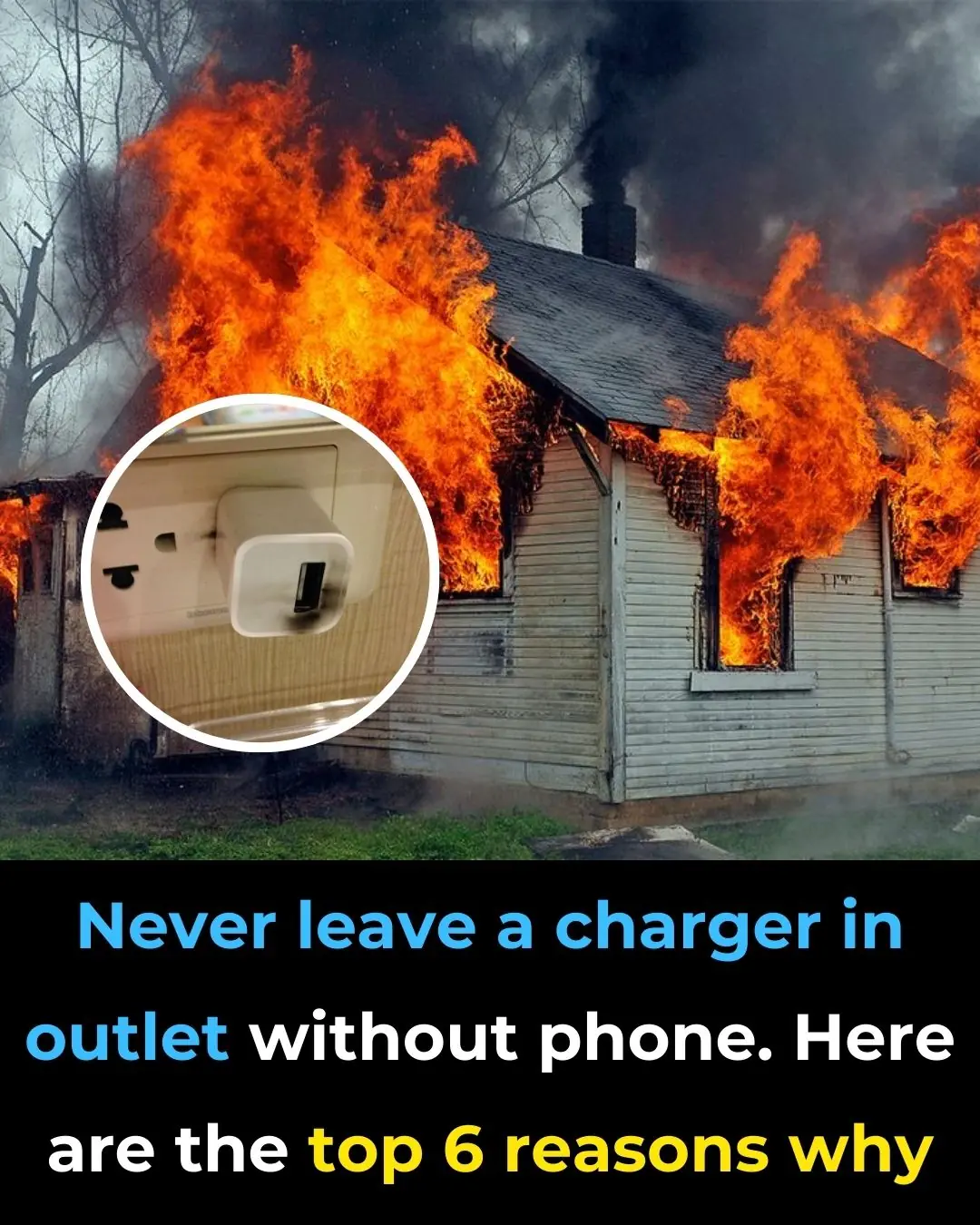
Never Leave a Charger in Outlet Without Phone. Here Are the Top 6 Reasons Why

3 Coffee Types That Can Add Years to Your Life and Shield You from Heart Disease and Stroke
Enjoying two to three cups of ground, instant, or decaf coffee daily can be a powerful step toward a longer and healthier life.

Bananas Are Packed With Nutrients, But These 4 Groups Should Avoid Eating Too Many
Bananas are undeniably one of the most versatile and beneficial fruits. From boosting digestion to supporting heart health, they offer a wide range of nutrients. However, they are not suitable for everyone.

9 Early Warning Signs of Stomach Cancer You Should Never Ignore
. Paying attention to subtle but persistent warning signs, combined with regular health screenings, offers the best chance for timely intervention.

MAHA Chief Medical Advisor Dr. Aseem Malhotra Just Declared That No One Should Have Ever Taken the COVID mRNA Vaccines.

New mRNA Shot Turns Immune Cells Into Cancer-Killers Directly Inside the Body, Study Finds

Groom-To-Be, 28, Dies of Acute Liver Failure After Eating Chicken: Doctors Urge the Public to Beware of This Hidden Danger
The tragic story of a young man in China who was preparing for his wedding but suddenly died from acute liver failure after food poisoning has shocked the nation. Experts warn that improper food handling and consumption of spoiled or contaminated food can

He Never Drank Alcohol but Died of Liver Failure: Doctors Reveal 4 Common Foods That Quietly Destroy the Liver
A man who stayed away from alcohol his entire life shocked his family when he was diagnosed with liver failure and passed away at just 55 years old. Doctors warn that alcohol is not the only enemy of the liver—certain everyday foods can be just as destr

Why You Shouldn’t Be Washing Bath Mats in the Washer

Snakes in Your House

3 Hidden Husband Habits That Could Raise Their Wives’ Cervical Cancer Risk
Husbands may not always realize it, but their daily choices play a huge role in shaping their wives’ long-term health.

Why Is It Not Recommended To Hang Out The Clothes Outside

Sleeping Position With Your Partner

Research Shows Chocolate Milk is More Effective Than Energy Drinks

When Goosebumps May Be a Warning Sign

Effective Methods to Keep Ginger Fresh for Extended Periods

The Truth About Eating the Black Vein in Shrimp Tails
News Post

Save this valuable remedy that helps de:toxify and can save the life of someone bitten by a ra:bid d:og or snake in just 1 minute.
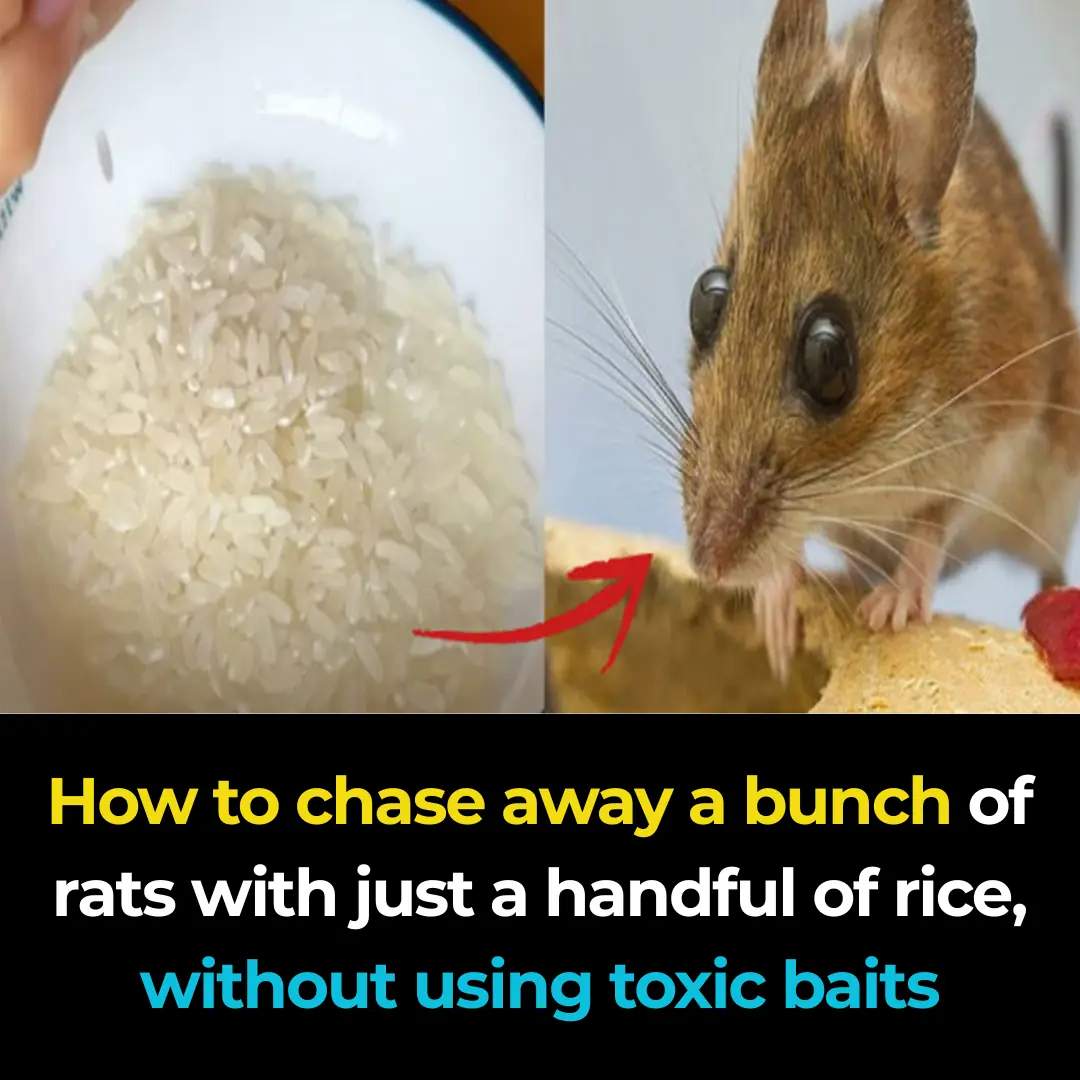
The method to drive away an entire rat colony using just a handful of rice, without the need for harmful poisons.
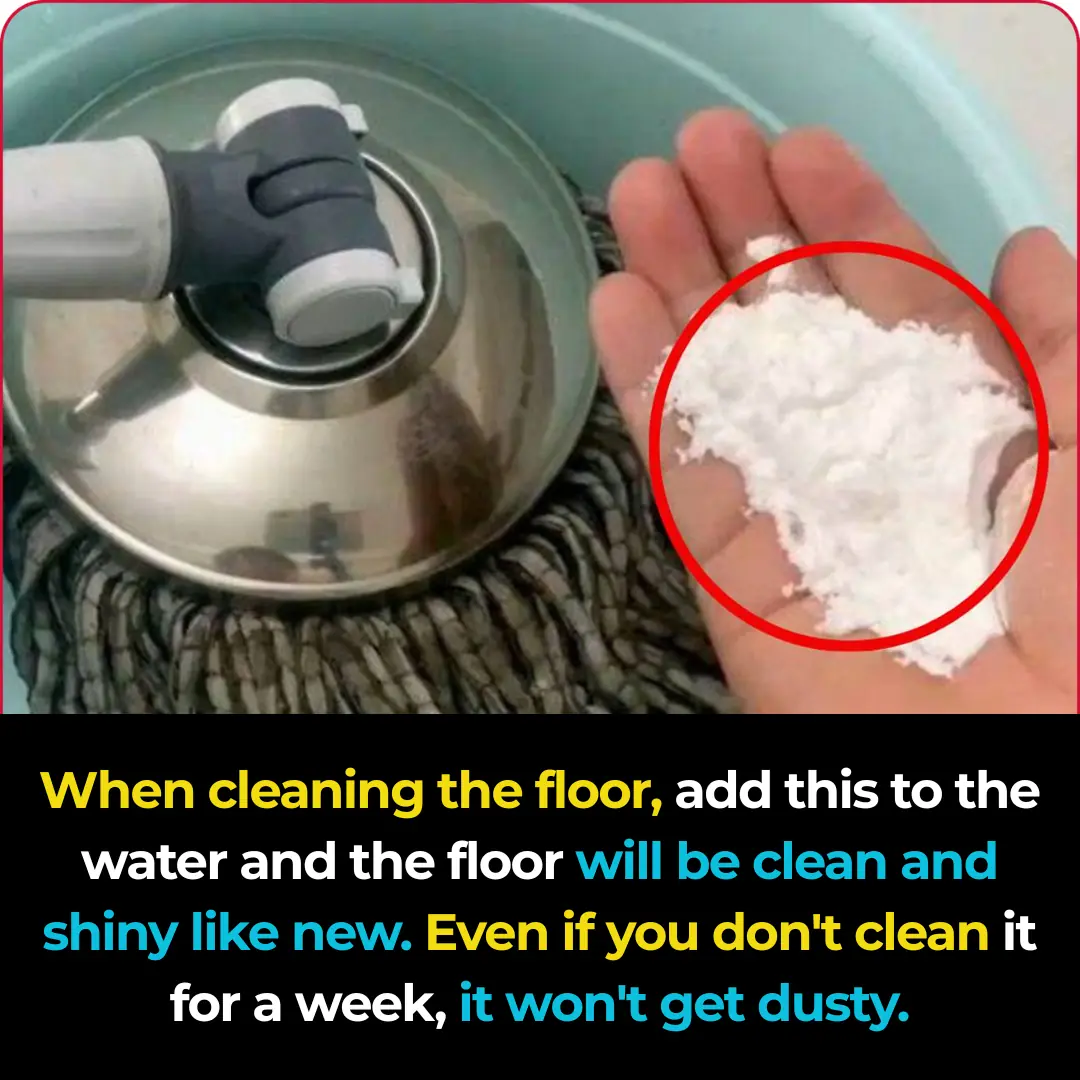
Clean your house with this simple trick using water, and the house will be as clean as new, with no dust sticking, even if you don't clean it for a whole week.

Simple Homemade Cough Syrup Removes Phlegm From The Lungs

Eat this #1 meal to help unclog your arteries naturally

Canker Sores Are The Absolute WO:RST…Here’s How To Get Rid of Them Fast!

Mimosa Pudica Tea: How to Prepare and Health Benefits

7 Benefits and Uses of Ageratum conyzoides
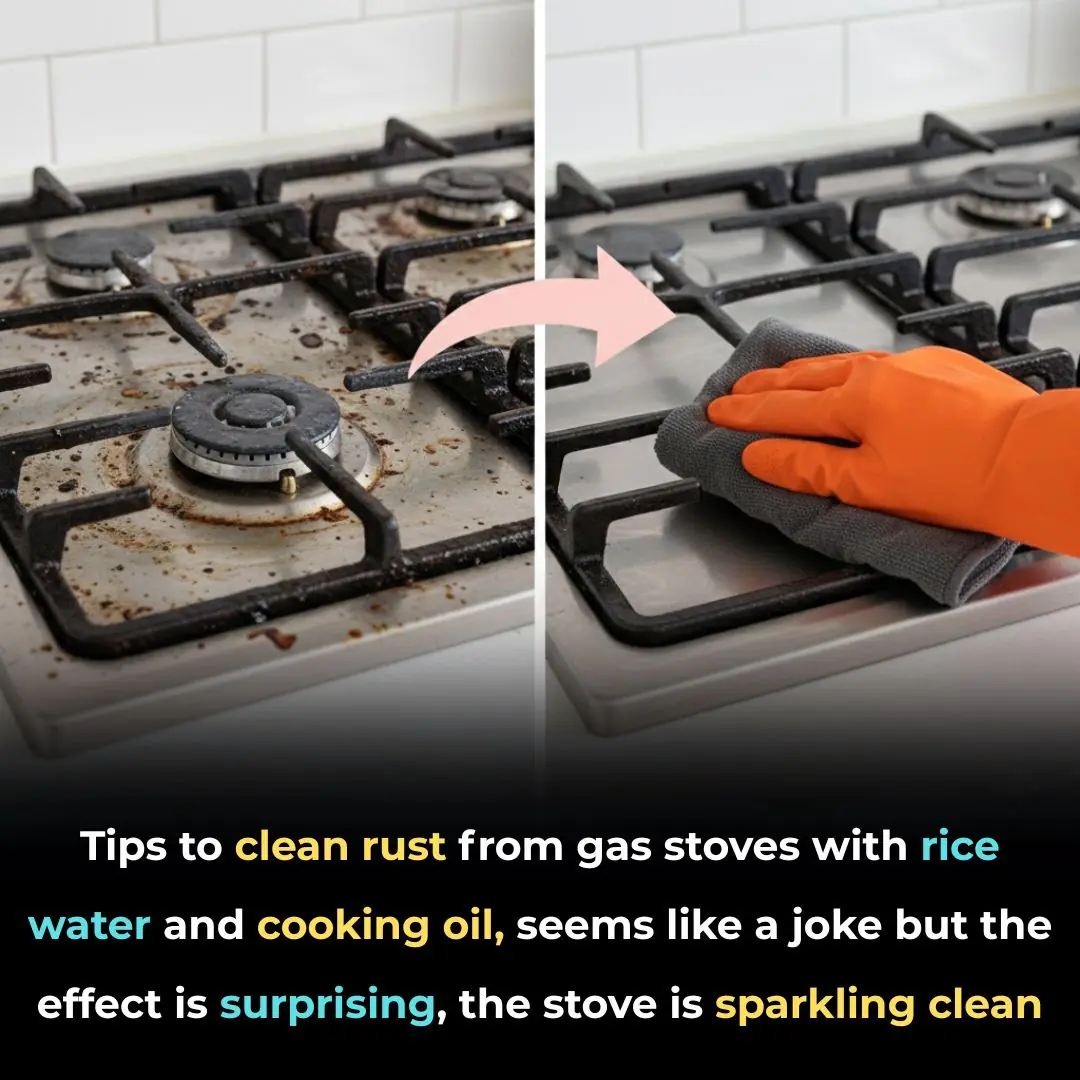
Tips to clean rust from gas stoves with rice water and cooking oil, seems like a joke but the effect is surprising, the stove is sparkling clean
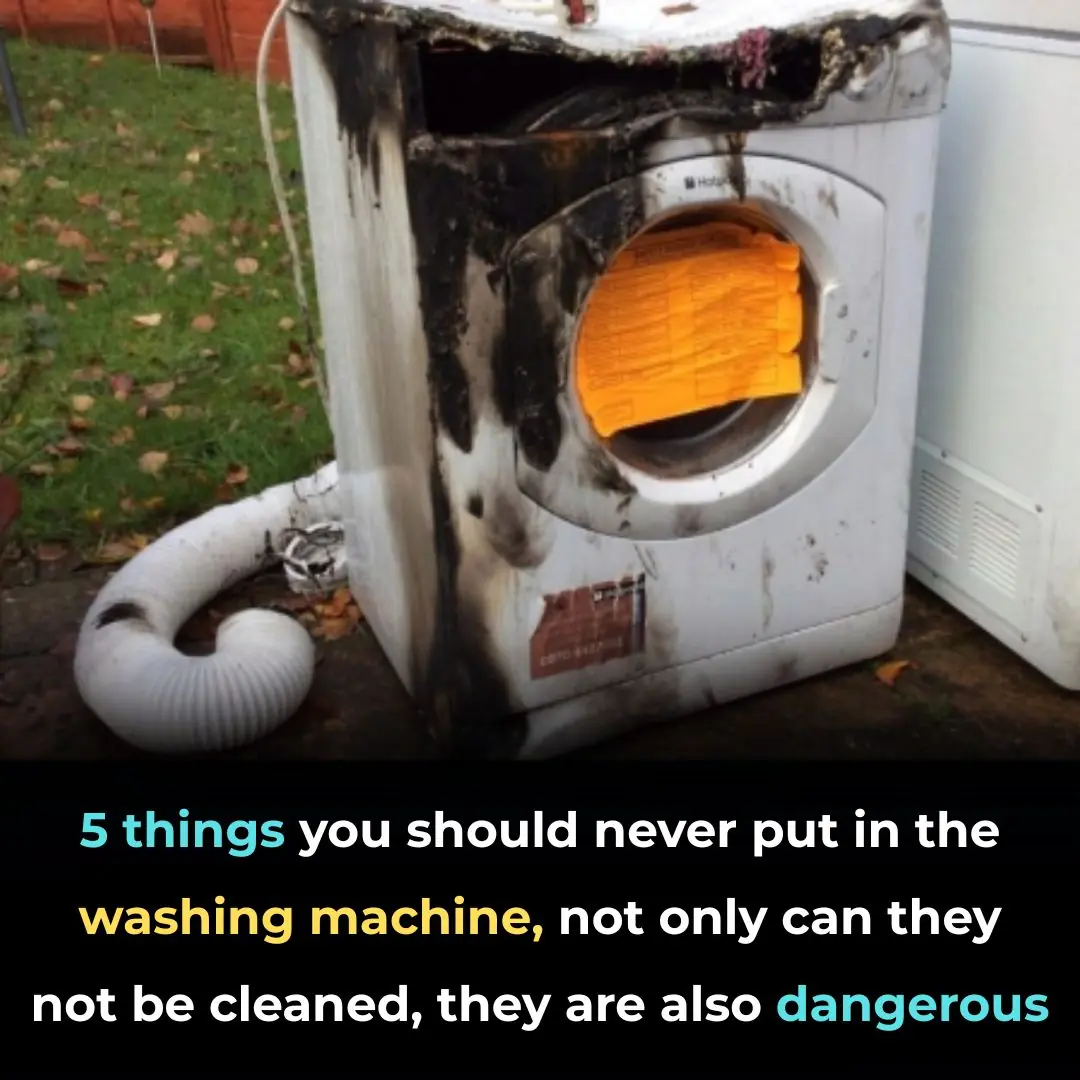
5 things you should never put in the washing machine, not only can they not be cleaned, they are also dangerous

The small round hole at the end of the nail clipper is useful

Mix toothpaste with rice water: Great use, solves problems both men and women encounter

Eating green bananas this way is very good for your health

Unexpectedly reduce electricity bill with the trick of putting tissue paper in the refrigerator - Anyone can do it

10 Shades of Japanese Whitening Secrets: Rice-Based Beauty Formula for Wrinkle-Free, Spotless Skin

This type of powder is often found in the kitchen. Just sprinkle a little on ornamental plants, the buds will be dense, and the flowers will fill the garden

Don’t Boil Eggs Directly In Water — Here’s How FIVE-STAR Hotels Cook Their Eggs!

When someone in the family passes away, you should know that you should not keep these 4 relics for your children and grandchildren.

3 mistakes when using plastic wrap that can cause cancer that many people make
